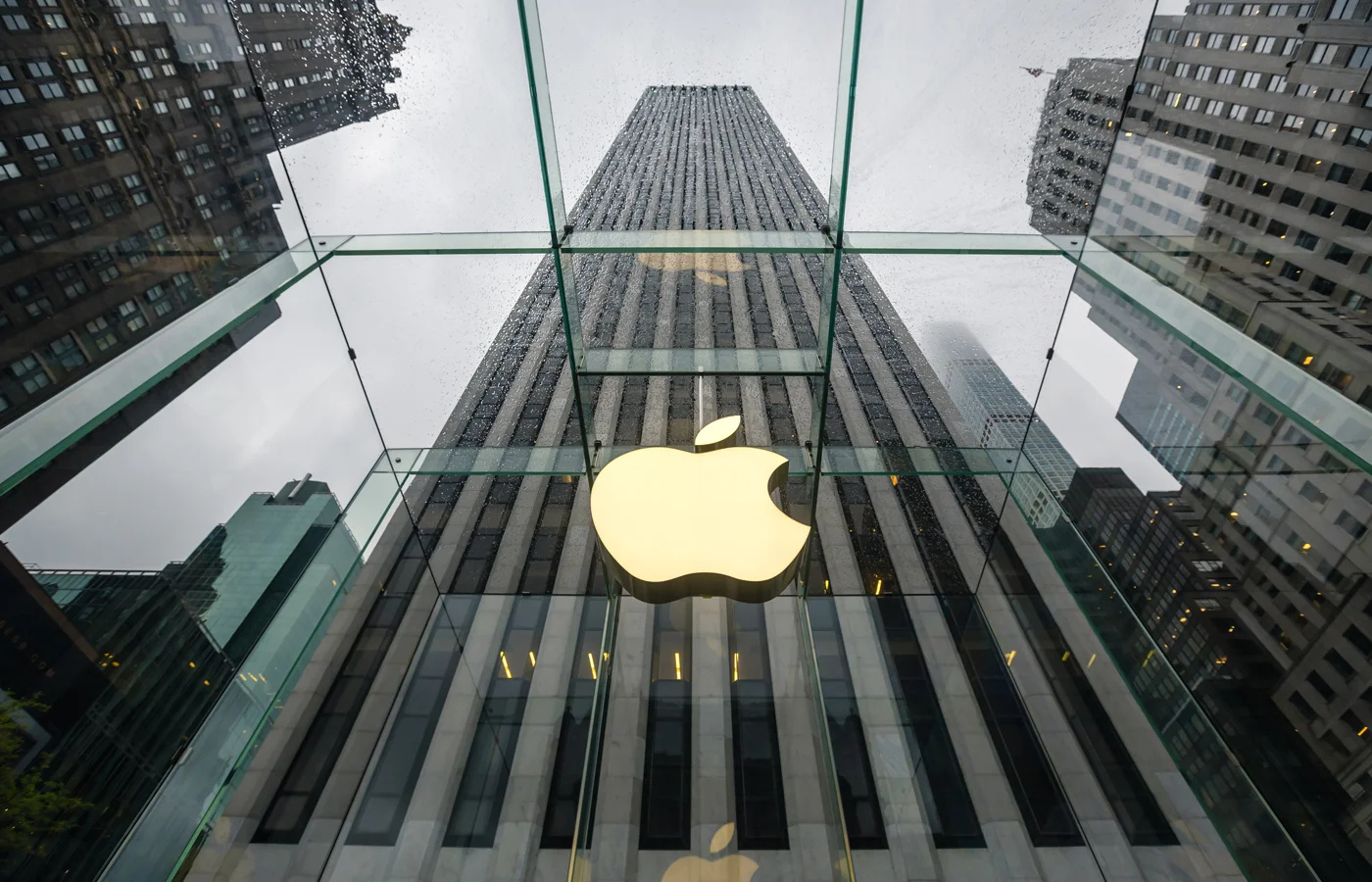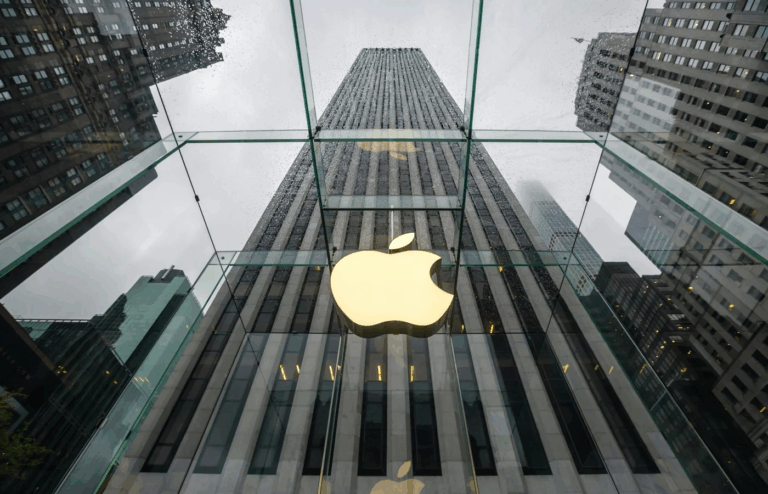
Apple is appealing the EU’s demands to allow third-party hardware to connect with its platforms. The European Commission believes the company is currently in breach of the Digital Markets Act, arguing that restricting users from connecting alternative Internet of Things devices limits competition.
In September 2024, the antitrust watchdog initiated two proceedings under the DMA to push Apple to enhance interoperability between iOS, iPadOS, and third-party devices. It presented its preliminary findings and proposed remediations to Apple in December and officially adopted them in March.
Apple’s appeal, filed ahead of the May 30 deadline, challenges two sets of EU guidelines: one requiring broader iOS connectivity with third-party devices, and another mandating a clearer, more transparent process for developers seeking interoperability.
SEE: Apple’s Geo-Blocking Practices Could Violate EU Rules
“We design our technology to work seamlessly together, so it can deliver the unique experience our users love and expect from our products,” an Apple spokesperson told TechRepublic in an email. “The EU’s interoperability requirements threaten that foundation, while creating a process that is unreasonable, costly, and stifles innovation.
“These requirements will also hand data-hungry companies sensitive information, which poses massive privacy and security risks to our EU users.”
In December 2024, Apple warned that granting third parties access to its technology stack could compromise privacy and security. It highlighted how Meta had made 15 requests for access to Apple’s software tools, including messaging and iPhone mirroring, under the DMA. If accepted, these requests would allow a company that “has been fined by regulators time and again for privacy violations” with swathes of sensitive user data.
Apple told TechRepublic: “In the end, these deeply flawed rules that only target Apple—and no other company—will severely limit our ability to deliver innovative products and features to Europe, leading to an inferior user experience for our European customers. We are appealing these decisions on their behalf, and in order to preserve the high-quality experience our European customers expect.”
What the EU requires of Apple
In the first set of measures, the Commission requires improved compatibility between nine iOS connectivity features and third-party devices, including smartwatches and earbuds. These features include notifications, automatic Wi-Fi connections, AirPlay, AirDrop, NFC features, and automatic Bluetooth audio switching.
The second set of measures suggests how Apple should make its process for third-party app developers requesting interoperability within iOS and iPadOS features more transparent and predictable. This includes providing clear information about its internal features, giving timely request status updates, and setting a clear timeline for reviewing requests.
Some advocacy groups feel that the EU’s requirements do not go far enough. In an open letter from January, the Free Software Foundation Europe, ARTICLE 19, European Digital Rights, and Data Rights said that the Commission’s proposals are “clearly deficient and structurally incapable of delivering effective interoperability.”
Apple often locks horns with the EU
The DMA has been a point of contention for Apple since its enactment in September 2022. Just last week, the Commission revealed that Apple was still not compliant with the DMA 30 days after being fined €500 million. This was imposed because it did not allow app developers to freely steer users toward external purchasing options outside the App Store.
SEE: UK Watchdog Slams Apple & Google for Stifling Mobile Browser Innovation
Nevertheless, Apple has made several changes to try to appease regulators. Since early 2024, it has allowed EU users to delete pre-installed apps, made changes to the App Store, and introduced DMA-compliant Apple Intelligence. That’s not surprising, considering fines for noncompliance can be up to 10% of the company’s total worldwide turnover, rising to 20% in cases of repeated infringement.

